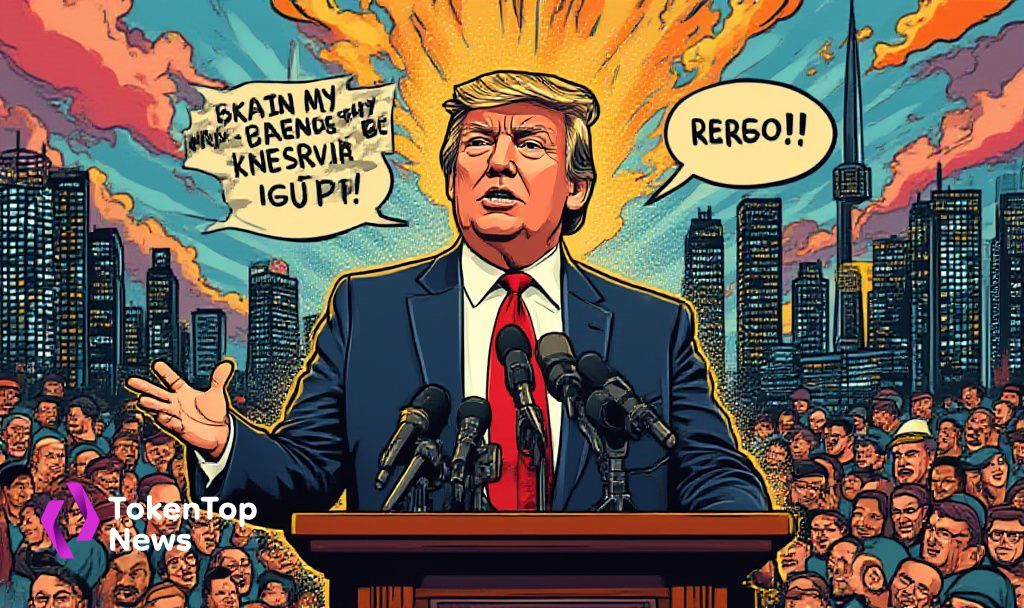Trump Approves U.S.–Nippon Steel Partnership, Reversing Stance
- Trump approves U.S. Steel and Nippon partnership.
- Reversal follows $14 billion investment pledge.
- U.S. Steel stock surges after the announcement.

Donald Trump announced approval for a strategic “partnership” between U.S. Steel and Nippon Steel Corp. This decision, reversing earlier opposition, emerged after substantial investment commitments were pledged by the Japanese corporation.
Initial Opposition and Strategic Reversal
The initial opposition by Trump to the Nippon Steel–U.S. Steel venture stemmed from concerns over foreign involvement in domestic industries. However, Trump’s approval for a “partnership”, not an ownership transfer, reflects a strategic shift. Nippon Steel’s $14 billion investment is aimed at modernizing American facilities.
Economic and Workforce Implications
Trump’s endorsement signals potential positive economic weight, particularly for the U.S. manufacturing sectors, driven by promised job creation and economic infusion. The United Steelworkers Union remains critical, arguing potential threats to national security and workers’ interests, calling for proactive measures.
“Allowing the sale of U.S. Steel to Nippon, a serial trade cheater, will be a disaster for American Steelworkers, our national security and the future of American manufacturing… President Trump has publicly pledged to block this sale since January 2024. We now urge him to act decisively, shutting the door once and for all on this corporate sellout of American Steelworkers and defending U.S. manufacturing.” — David McCall, President, United Steelworkers
Financial markets have responded with optimism, as seen in U.S. Steel’s stock surge. This partnership is expected to create 70,000 jobs, enhancing the U.S. economy. The Committee on Foreign Investment in the United States (CFIUS) may provide additional assessments for compliance with national interests.
Future Prospects and Regulatory Challenges
Looking further, Nippon Steel’s large-scale investment supports predictions of revitalized U.S. steel production capabilities. Regulatory mechanisms and tariffs remain pertinent, and stakeholders are likely to monitor compliance aspects. Labor concerns signal ongoing scrutiny over this cooperation’s alignment with U.S. policies.




